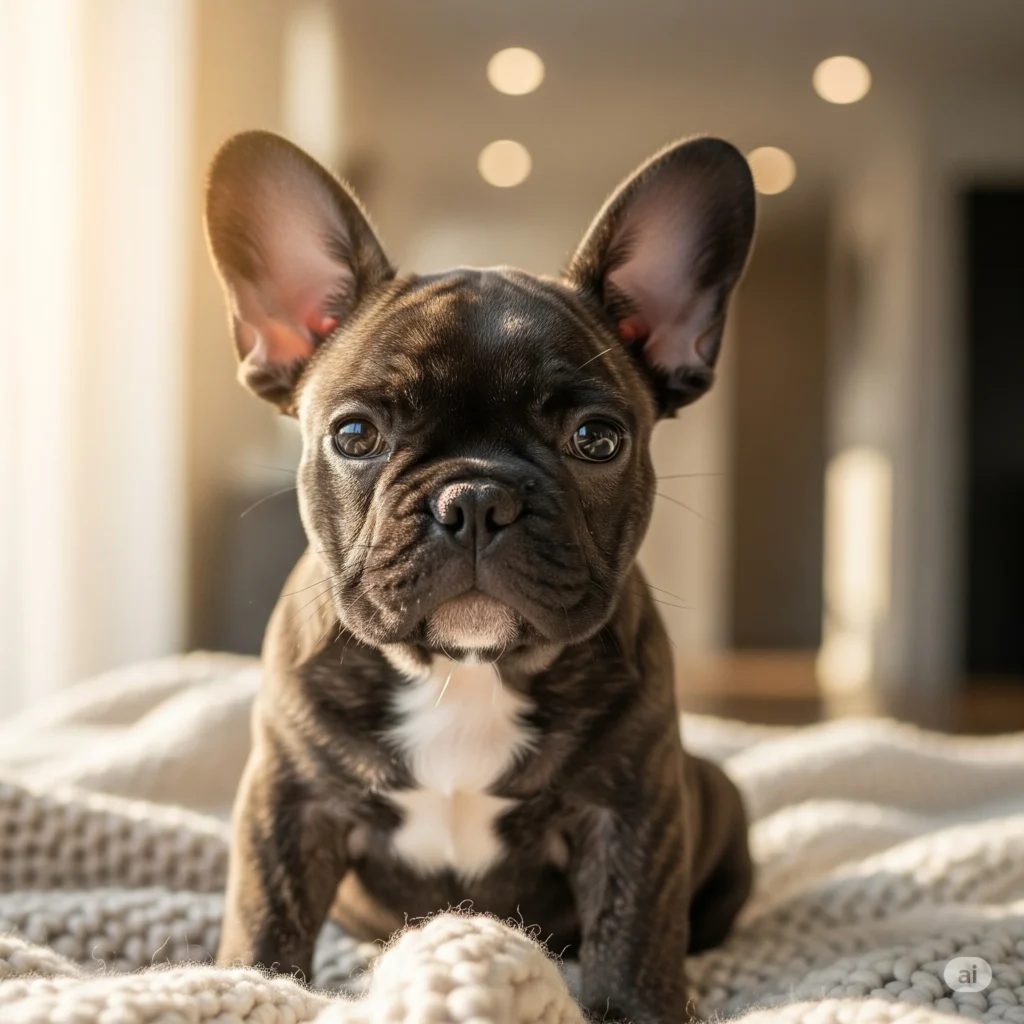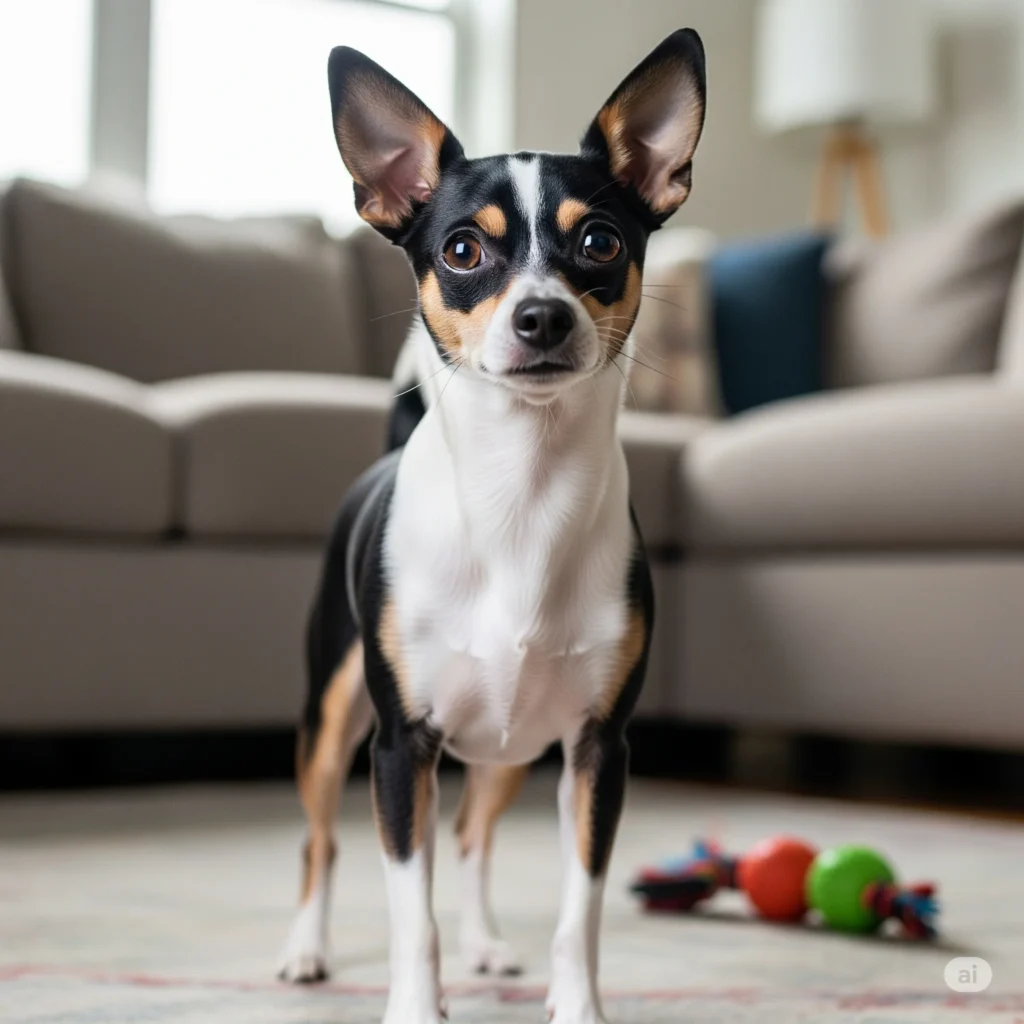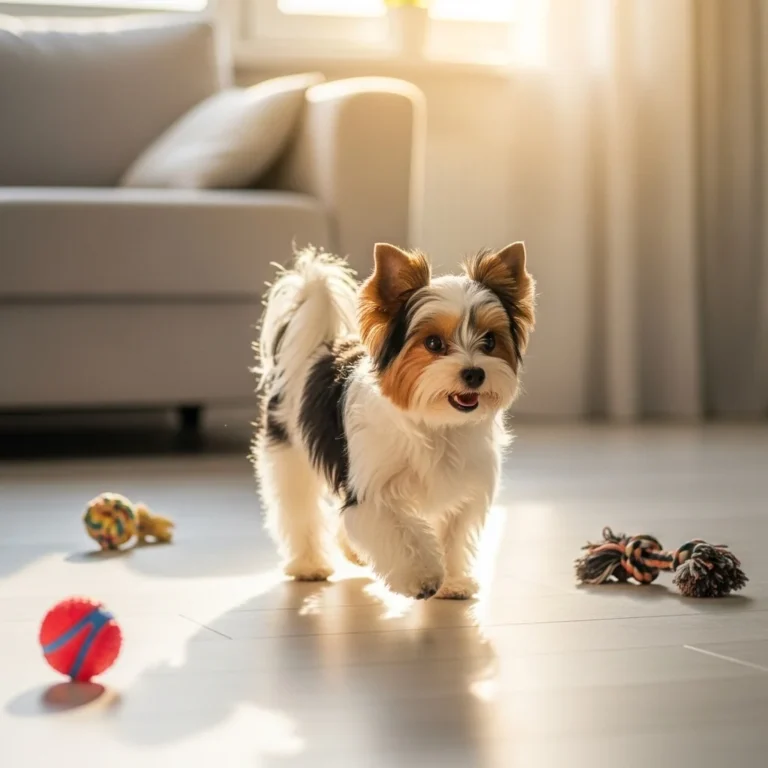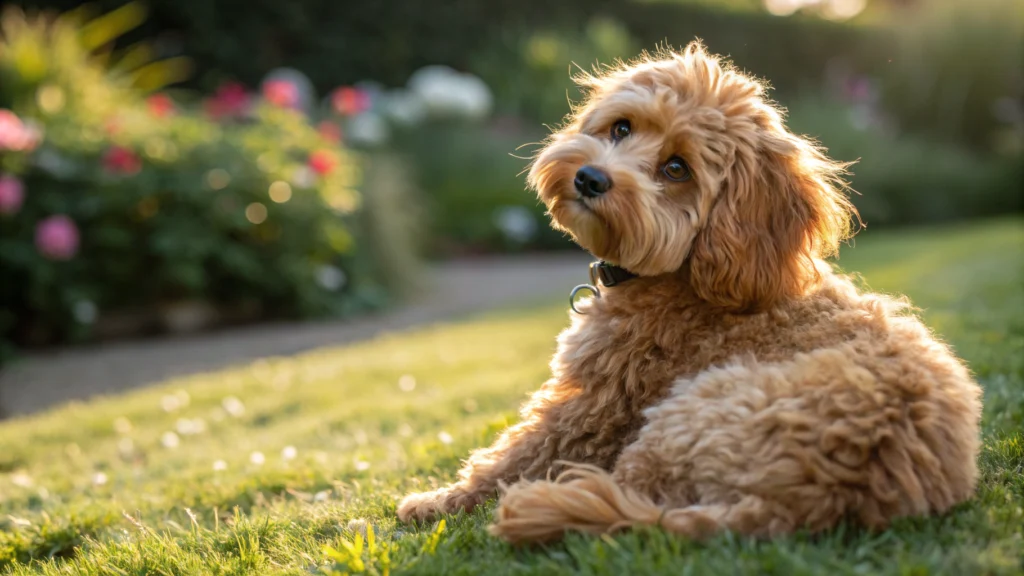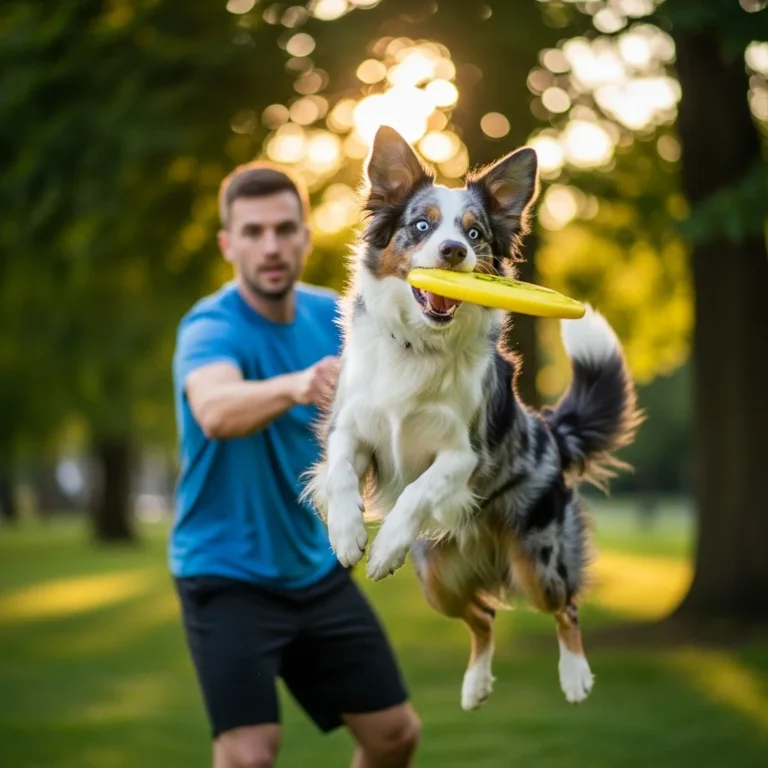
border collie australian shepherd mix
Let me introduce you to a dog that often steals hearts with its smarts, energy, and charm—meet the border collie australian shepherd mix, affectionately nicknamed the Border-Aussie. If you’re considering this hybrid, you might already know: you’re not just getting a pet, you’re getting a partner in adventure—and yes, you’ll want to be ready for the commitment. In this article, I’ll walk you through what to expect—from looks to training to special health concerns—so you and your future Border-Aussie can thrive together.
Appearance & General Traits
What does a Border Collie × Australian Shepherd mix look like?
Since a Border-Aussie is a hybrid of two fairly versatile breeds, its appearance can vary quite a bit. Some pups lean more to the sleek, sharp-featured look of a border collie and australian shepherd mix, while others carry hints of the more robust, broad-headed look of the Australian Shepherd. Their ears might stand up, flop over, or do something in between. Eyes? You might see striking combinations—brown, blue, or even two different colors (a trait often inherited from Aussie lineage).
Because there’s no rigid breed standard, each Border-Aussie ends up with a little surprise in them, physically speaking. But you’ll usually see a medium, athletic frame and a coat that reflects their working-dog heritage (more on that soon).
How big do they get, and what’s their average height and weight?
Expect your Border-Aussie to grow into a medium-sized dog. Most sources place them between 30 and 65 pounds (13 to 29 kg) and 17 to 23 inches tall (43 to 58 cm) at the shoulder. Males often land at the higher end of those ranges, females a bit more modestly sized.source
What coat colors and textures are common in this mix?
Their coat is one of the more visually delightful parts of this mix—and also one that shows a lot of variation. Typical features include:
- A double coat (undercoat + outer coat) that’s weather resistant
- Texture that may be medium-length and feathered, or somewhat shorter/coarser (depending on which parent’s genes dominate)
- Colors and patterns: black, white, red, tan, tricolor, merle, even sable or brindle in some cases
- Because of Aussie influence, they’re more likely than a pure australian shepherd border collie mix to display heterochromia (different colored eyes) or merle markings source , source, source, source
How long do Border Aussies typically live?
With good care, a Border-Aussie usually lives 12 to 15 years, which aligns well with the life expectancies of both parent breeds. In some guides you’ll see a broader range (10 to 17 years) depending on genetic health, diet, and preventive care. source, source
Temperament & Personality
What is the typical temperament of a Border Aussie?
If Border Collies and Aussies had a child, that child would be one heck of a multitasker—bright, energetic, eager, sometimes intense. Border-Aussies tend to be loyal and affectionate, yet also reserved with strangers until they warm up. Many owners report that after a day of activity, their dog is happy to just settle in and relax. They can be protective, alert, and tuned in to household dynamics.source , source
Are they good family dogs and safe around children?
Yes—they can make wonderful family companions. But there’s a caveat: due to their strong herding instincts, some Border-Aussies may try to “guide” children by herding them (nipping at heels, circling, etc.). With good socialization and training, though, these behaviors can be managed. Many are gentle and patient with kids, especially when raised together from puppyhood. Still, it’s wise to supervise early interactions, especially with toddlers, to ensure safety for both parties.source , source
How do they usually get along with other dogs or household pets?
It depends largely on the individual and how well you socialize them. Because Border Collies can be somewhat selective and Aussies more sociable, the mix may lean either way. Some Border-Aussies become best friends with household pets, while others may initially be cautious or assertive. Early and positive introduction is key.source
Do they have a strong herding instinct or prey drive?
Absolutely. This is a working-dog mix, so herding instincts are baked in. Expect them to want to chase, round up, or “manage” movement in their environment—whether that means children, other animals, bicycles, or even your feet. Their prey drive may also be high, so creatures like squirrels, cats, or small rodents might be tempting for them. Supervision and training are essential.source
Energy Level & Exercise Needs
How much daily exercise does a Border Collie × Australian Shepherd mix need?
They are not couch potatoes. Most sources suggest 1 to 2 hours (sometimes more) of vigorous physical activity daily. Some even place the lower bound at “at least two hours.” That’s not just a walk—think running, play, training, or sport.source , source
What activities or dog sports are best for keeping them active and happy?
These dogs thrive when given a job. Here are some ideal choices:
- Agility (think weave poles, tunnels)
- Herding trials (if you’re near farmland)
- Flyball or disc sports
- Obedience or trick training
- Long hikes, runs, or competitive fetching
- Scent work, tracking, and puzzle games
The variety will keep them stimulated and prevent boredom.
How can owners prevent boredom and destructive behavior?
When you don’t give a Border-Aussie something meaningful to do, they’ll invent their own games (and often destructive ones). Rotate toys, hide snacks, use puzzle feeders, and include mental challenges daily. Crate time, if managed well, can provide structure and boundaries. Also, avoid leaving them alone for very long periods—they may develop separation anxiety or destructive tendencies. source
Can this high-energy mix adapt to apartment or city living?
It’s not ideal, but not impossible. Many sources caution that Border-Aussies are unsuited to apartment living unless the owner can commit to providing far more exercise and mental stimulation than average. If your apartment is large, you live near dog parks or trails, and you have time to invest, it can work with discipline and consistency.source
Intelligence, Training & Mental Stimulation
How easy are Border Aussies to train?
Very. The mix leans heavily on the smarts of both parent breeds. They often pick up commands quickly, respond well to positive reinforcement, and enjoy learning. But “easy” doesn’t mean “hands-off” — consistency, patience, and structure matter deeply.source
When should training and socialization begin?
As soon as you bring home your puppy. The critical window for socialization is roughly between 3 to 16 weeks. During that time, expose them to people, environments, noises, animals, and different experiences in a positive way. Training (sit, leash walking, basic commands) should also begin early. Many experts recommend starting with short, fun sessions and building complexity gradually.source
Do they need advanced mental challenges or task-oriented activities to stay engaged?
Yes—absolutely. A Border-Aussie thrives on purpose. If you give them only simple commands and no challenge, they may become bored or frustrated. Regularly introduce new tasks, puzzles, or skill-building activities so they always feel they have something meaningful to do. This keeps them balanced and reduces problematic behaviors.
Health, Grooming & Maintenance
What common health issues affect Border Collie × Australian Shepherd mixes?
Because they blend two intelligent but genetically complex breeds, several concerns may appear:
- Hip dysplasia (loose hip joints)
- Progressive retinal atrophy (PRA) and other eye conditions (cataracts, Collie Eye Anomaly)
- Deafness, especially in dogs with merle or white coats
- Epilepsy
- Multidrug resistance (MDR1) gene mutation — an important one: Australian Shepherds (and some collie-type breeds) often carry this gene, and it makes them sensitive to certain medications (e.g. higher doses of ivermectin).
- Occasional issues like bloat or joint problems in older age can also appear
Because the Border-Aussie is a cross, it may avoid some of the worst extremes of either parent, but there’s still risk. For example, MDR1 sensitivity is worth testing because it influences how vets will prescribe many common drugs. source, source, source, source, source, source, source
How much grooming do they require, and how heavy is their shedding?
They’re moderately easy in grooming terms but do shed—seasonally more so. Most Border-Aussies require brushing once or twice a week, with more frequent brushing during “blowout” seasons (spring, fall) to catch loose undercoat. Their coat tends to be low-odor and relatively low-maintenance otherwise. Baths only as needed.
In grooming, also watch ears (clean regularly to prevent infections), eyes (for discharge or irritation), and skin (for ticks, especially if outdoors a lot). source, source, source
Are there any specific vaccinations, parasite preventions, or health screenings to keep in mind?
Yes. As with any dog, regular vaccinations per your local veterinary recommendations are essential (core vaccines, boosters, etc.). Keep up on flea, tick, and heartworm prevention year-round (or seasonally, depending on your location).
Because of the health risks mentioned above, you should consider:
- Genetic screening (eyes, hips, PRA, etc.)
- MDR1 genetic testing (a cheek swab test is available)
- Regular eye exams
- Hip and joint screening (radiographs)
- Routine wellness checks with a vet who understands herding breeds. source
Puppy Development & Care
How fast do Border Aussie puppies grow, and when do they reach full size?
Border-Aussie puppies grow quickly in their first months. By 6–9 months, they often approach adult height, though they may fill out in girth and musculature until 12–18 months. Most reach full maturity around 1 to 1.5 years. source
What’s the best age to spay or neuter this breed mix?
Veterinary opinion varies, but many recommend waiting until the dog is closer to skeletal maturity (often 12 to 18 months) especially for medium to large breeds, to allow growth hormones to contribute to healthy bone development. Talk to a trusted vet who knows herding breeds. Early spay/neuter is often done safely but may carry slight risks in joint or growth issues in more athletic breeds.
What early socialization experiences are most beneficial for a Border Aussie puppy?
During those first few months:
- Introduce various people (ages, appearances, behaviors)
- Expose them gently to noises (cars, vacuum, thunderstorms)
- Let them meet friendly dogs and animals in calm settings
- Bring them into different environments (parks, neighborhood walks, safe indoor settings)
- Get them used to handling (paws, ears, coat brushing)
- Begin short, positive training sessions (sit, name, leash)
The idea is to help them grow confident, adaptable, and unafraid of novel things.
Ownership & Lifestyle Considerations
Are Border Aussies suitable for first-time dog owners?
They can be—but they’re not low-maintenance. Their intensity, energy, and intelligence require a committed, consistent owner who’s willing to invest time, patience, and structure. Many guides caution that they’re better suited to owners who already have experience with dogs. If you’re a first-timer, you’d need a strong desire to learn and a willingness to seek help (trainers, dog classes) along the way.source
Is it better to adopt one from a rescue or buy from a breeder—and what questions should you ask the breeder?
Adoption: If you find a Border-Aussie or Border/Aussie mix in a rescue, that can be wonderful—rescue organizations often screen health and temperament already, and you’re giving a deserving dog a second chance.
Breeder: If you go that route, choose carefully. Ask:
- Can I see the parents (or at least their health clearances)?
- Were the parents tested for hips, eyes, and MDR1 (among other genetic tests)?
- What health guarantees do you provide?
- How many litters does this dog have?
- Can I see the puppy raised environment (clean, social exposure)?
- What early socialization/training do you provide before adoption?
- Are you available for questions and support after adoption?
A responsible breeder will welcome these questions, not dismiss them.
What are the typical costs of owning a Border Collie × Australian Shepherd mix (food, vet bills, grooming, training)?
Here’s a rough breakdown (varies widely by region, service levels, and individual dog):
- Food: Given their energy and medium size, expect moderate to above-average food bills.
- Vet & health care: Annual checkups, vaccines, dental, preventive care. Genetic testing and occasional treatments for breed-related issues may push costs higher.
- Grooming: Mostly DIY with brushing and occasional baths; professional grooming trims maybe 1–2× per year.
- Training / classes: Investing in good training classes or a trainer is wise, especially for such a smart, driven dog.
- Other equipment: leash, crate, toys, puzzle devices, agility gear or enrichment items.
Over their lifetime, costs can add up, especially if health issues arise. Owners should budget accordingly and consider pet insurance or wellness plans.
Special Concerns & Advanced Care
Do Border Aussies inherit any genetic mutations like the MDR1 gene from their parent breeds?
Yes. One of the more important genetic issues to be aware of is MDR1 (Multi-Drug Resistance 1) gene mutation. This mutation makes certain medications (like higher doses of ivermectin, some anti-parasitic or neuroactive drugs) dangerous for dogs that carry it.
Australian Shepherds carry it relatively often; australian shepherd and border collie mix less so, but mixtures can still inherit it. Because of that, genetic testing is strongly recommended before administering certain medications.source , source
How should owners adjust exercise and grooming routines during different seasons?
- Hot weather: Avoid peak heat—exercise early in morning or later in evening. Provide shade, water breaks, and monitor for signs of overheating.
- Cold or wet weather: Because they have a weather-resistant coat, they’ll often tolerate cool, damp conditions well—though you should monitor for mud, salt, ice, or skin irritation.
- Grooming: In shedding seasons (spring & fall), increase brushing frequency to remove loose undercoat. In off-shedding times, once or twice weekly is often sufficient.
- Paw care: In winter, check for ice or salt accumulation; in summer, avoid hot pavement which can burn paws.
What signs of anxiety, stress, or overstimulation should owners watch for in this breed mix?
Some key signs include:
- Destructive behavior (chewing walls, furniture, doors)
- Excessive barking, pacing, or restlessness
- Circling or obsessive behavior
- Hiding, reluctance to eat, withdrawal
- Panting heavily even out of warm conditions or after modest activity
- Disruptive herding or nipping behavior
- Compulsive behaviors (chasing tail, spinning)
If you notice these, it’s time to scale back stimulation, revisit your routine, engage in calming training, or consult a behaviorist.
please leave comment
you may like it
